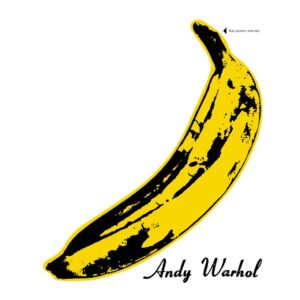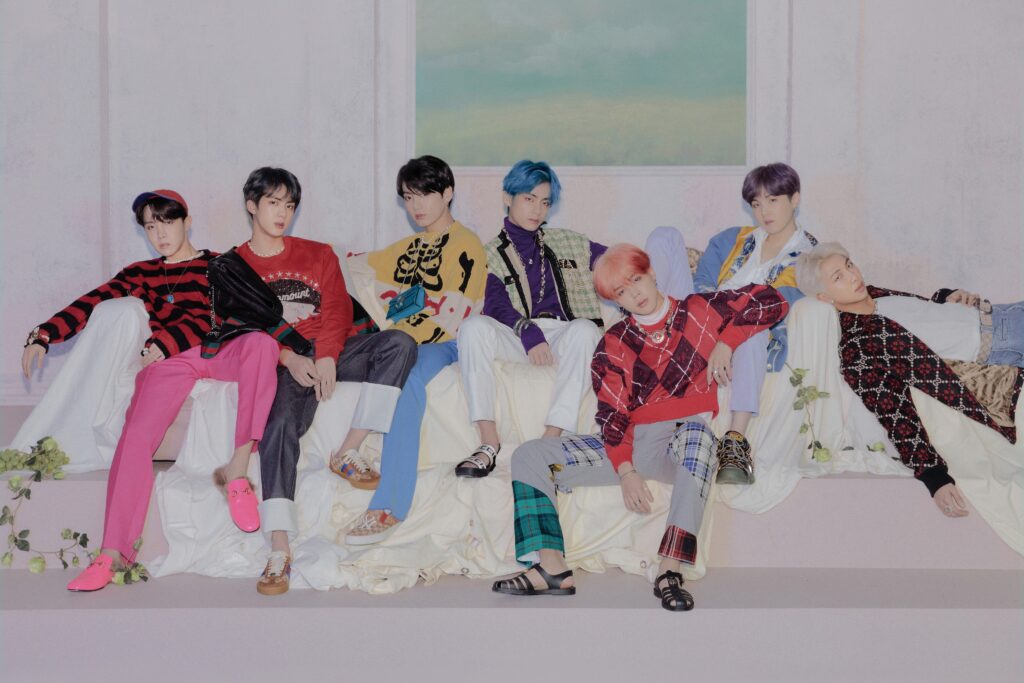On Andy Warhol, the Velvet Underground, and Success
Written by Russel Gardin on January 10, 2019
It was 1967 and the infamously eccentric Andy Warhol had claimed to have given up painting to devote his time towards a career in film and music (though he would later resume art before ultimately delving into photography). He dominated the American “pop art” movement and was notorious for being a person unlike anyone else. People often argue that Warhol’s greatest piece of art was the character, Andy Warhol himself. Outside of New York, war was blazing in Vietnam and dissent was brewing, setting precedent for the events that would unfold in 1968 including the activism across various college campuses, the riots at the Democratic National Convention, and the assassinations of firebrands Martin Luther King Jr. and Robert Kennedy. I digress.
In 1965, Warhol was introduced to the Velvet Underground, an avant-garde garage band, with its original lineup consisting of Lou Reed, John Cale, Sterling Morrison, and Angus MacLise by the filmmaker Barbara Rubin. In a bizarre series of events, Warhol had convinced Reed and company to sign him as their manager (despite having never managed a band before). Some of his first actions included having German Model-turned-musician Nico join the group and booking the band as part of his music and film roadshow entitled “Exploding Plastic Inevitable.”

An advertisement for Warhol’s “Exploding Plastic Inevitable” show.
By March of 1966, the band had finished the recording sessions of their debut album The Velvet Underground and Nico, rumored to have only taken one to four days to complete. However, no tangible albums would be distributed until ‘67, allegedly due to Warhol’s inexperience in producing (oh, yeah, he was also the album’s only credited producer, despite having little known contribution). However, this was only the beginning of a tumultuous album release cycle. The record was sent to major labels to be signed, but were declined by Columbia, Atlantic, and Elektra Records. Consequently, the album would go on to be released under the historically jazz label Verve Records, though they had concessions of their own. The band would have to include the single “Sunday Morning,” a track the label believed would be a hit single.
Okay, so now the album has a home and is set to be made available to the masses. However, the band’s troubles would not end there: they now had to face the hurdle of being blacklisted by most radio stations, record stores, and music publications. Why? Well, the subject matter of the the songs were essentially parallel to none. They were just as wild, abstract, noisy, and shocking as Warhol’s art. Let me give you some examples:
https://www.youtube.com/watch?v=Kla_Jd7EyT4
“I’m Waiting for the Man” is about a heroin deal in the streets of New York City.
“Venus in Furs” an ode to the Leopold von Sacher-Masoch novel laden with themes of bondage, sadomasochism, and submission.
“Heroin” needs no explanation, I believe.
Other, less controversial songs on the record included “Femme Fatale,” a song about Warhol superstar Edie Sedgwick and “All Tomorrow’s Parties” about a girl called Darryl, apparently Reed’s favorite track. Note: I use the term “Warhol superstar” to describe the personalities Andy Warhol used in his movies, art, and entourage.

The cover of the Velvet Underground and Nico
Not only due to the aforementioned reasons, the Beatles dominated the airwaves in 1967 with the release of Sgt. Pepper’s, The Doors with their eponymous debut, and Jimi Hendrix with Are You Experienced?. So, the Velvet Underground had no foreseeable chance of setting records. In fact, once the album was released, the highest it charted on Billboard was number 171.
Moreover, the album would soon face a lawsuit for the unauthorized usage of actor and Warhol superstar Eric Emerson on the back cover. As a result, the album was recalled and pressing delayed until his image could be “airbrushed over.” The front cover, coined by some as Peel Slowly and See, is one of the most well-known in the history of albums and is so recognizable that it has been used on everything from phone covers to shower curtains and tote bags. This would lead to another lawsuit in 2012 from the surviving members of the Velvet Underground to the Warhol Foundation due to third-party licensing.
Needless to say, The Velvet Underground and Nico was not viewed as a serious album upon its original release. Though as time went on, its significance would become more apparent as it paved the way for punk rock acts ever since. Love it or hate it, The Velvet Underground and Nico put the NYC art movement on a map in the music world and signified a substantial, monumental change in music that would soon unfold. It would ultimately become one of the most influential records in history, and one I hold near and dear to my heart. We owe many thanks to Andy Warhol for quitting art for a period of time and giving music a shot. If not for him, music may have been drastically dissimilar to the way we now know, love, and honor it.




